News Beat
News Beat reporting is an idrw.org initiative to let our Readers to report News Based on Actual facts but some how has not been reported in Main Stream Media .
SOURCE: RAUNAK KUNDE / NEWS BEAT / IDRW.ORG
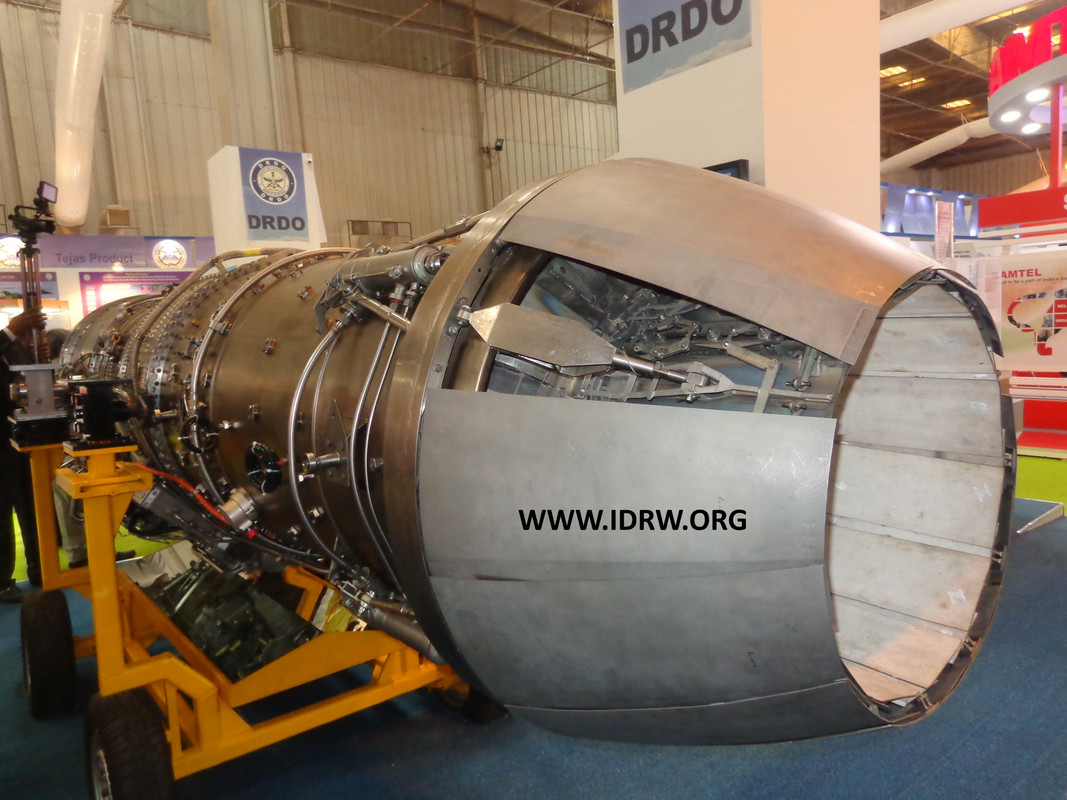
In a significant development, Indian Air Force (IAF) officials have raised concerns over the use of a single-engine LCA-Tejas aircraft as a Flying Test (FTB) for the upcoming Kaveri Afterburner variant, which is being developed by the Gas Turbine Research Establishment (GTRE). The IAF has advised GTRE to avoid testing the engine on older Trainer aircraft of the Tejas aircraft, as the engine is not yet certified for manned platforms.
According to sources familiar with the program told idrw.org, the IAF’s objection stems from the fact that the Kaveri Afterburner variant is still in the early stages of its limited flight testing phase, and using a single-engine aircraft like the Tejas for this purpose poses significant risks. IAF officials have recommended that the engine be tested either on a twin-engine platform, where one engine is a Kaveri and the other a stable, certified engine, or on an unmanned platform to minimize risks during the initial phases of testing.
Continue readingSOURCE: RAUNAK KUNDE / NEWS BEAT / IDRW.ORG
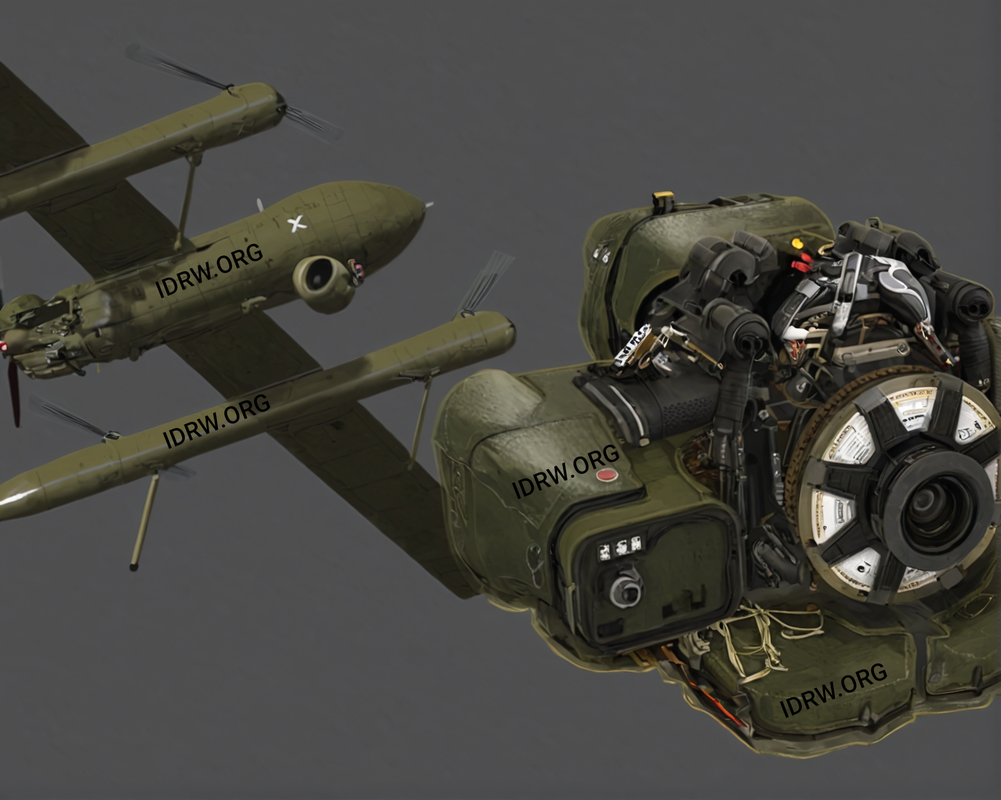
Bangalore-based Dynamatic Technologies Limited has entered into a partnership with Perth-based manufacturer Orbital UAV to acquire their Orbital 150cc Heavy Fuel Engine (HFE). This strategic move aims to power a long-endurance, low-altitude unmanned surveillance and reconnaissance aerial vehicle (UAV) being developed by Dynamatic Technologies.
The Orbital 150cc HFE is a compact and powerful engine capable of operating on various fuels, including gasoline, JP5, JP8, and JetA. Its versatility and efficiency make it an ideal choice for powering UAVs that require extended flight times.
Continue readingSOURCE: RAUNAK KUNDE / NEWS BEAT / IDRW.ORG
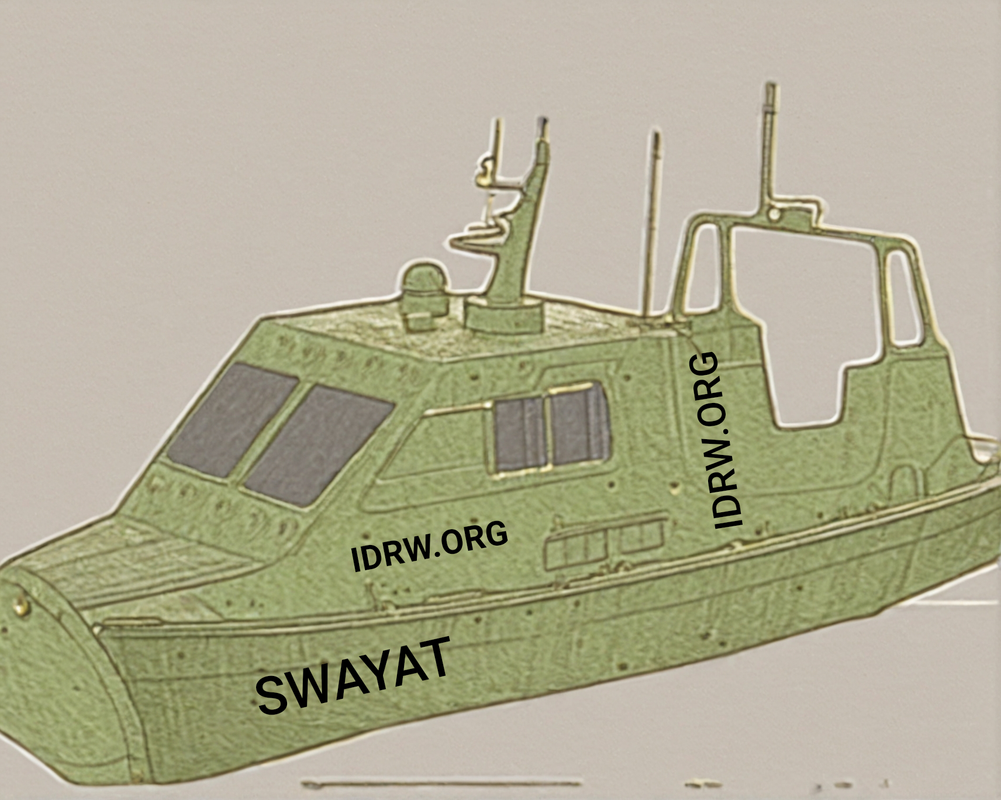
Cochin Shipyard Limited (CSL) has taken a significant step towards showcasing its capabilities in the autonomous domain by commencing work on the ‘SWAYAT’ project. This pilot Unmanned Surface Vehicle (USV) project aims to demonstrate CSL’s expertise in autonomous technology and its potential applications in maritime operations.
CSL has allocated a substantial amount of ?35 crores from its Research & Development/Innovation initiatives fund to support the development of the SWAYAT USV. This investment underscores the company’s commitment to driving innovation and exploring new frontiers in shipbuilding.
Continue readingSOURCE: RAUNAK KUNDE / NEWS BEAT / IDRW.ORG

The Gas Turbine Research Establishment (GTRE), India’s premier organization for the development of jet engines, is currently in discussions with several foreign aerospace Original Equipment Manufacturers (OEMs) for the joint development of a new 110kN engine to power India’s ambitious 5th-generation Advanced Medium Combat Aircraft (AMCA) program. Each potential partner has presented unique proposals, including the use of modified flying test-bed platforms, adding an interesting dynamic to the engine development process.
Flying test-beds are crucial in testing jet engines under real-world conditions. These aircraft allow engineers to gather in-flight data, monitor engine performance, and identify areas for improvement. The use of flying test-beds also provides a controlled environment for testing new engines before they are integrated into the actual fighter jet.
Continue readingSOURCE: RAUNAK KUNDE / NEWS BEAT / IDRW.ORG

In a significant statement that could shape the future of the Indian Air Force’s procurement strategy, Air Chief Marshal Amar Preet Singh, the newly appointed Chief of Air Staff, suggested that the aircraft selected under the much-anticipated Multi-Role Fighter Aircraft (MRFA) tender for 114 jets should follow the “Jaguar model.” This model refers to the autonomy the Indian Air Force (IAF) has enjoyed in upgrading its fleet of SEPECAT Jaguar jets without relying on assistance from the original equipment manufacturers (OEMs), a feature that has allowed the IAF to enhance the aircraft’s capabilities through multiple phases of indigenous upgrades.
The Jaguar has been a cornerstone of the IAF’s operational capability for decades, undergoing numerous upgrades that extended its service life and enhanced its combat effectiveness. When the Jaguars first joined the IAF, they went through several rounds of upgrades, all carried out by Indian engineers, particularly through the efforts of the Aircraft and Systems Testing Establishment (ASTE), without the need for external intervention from the OEM. These phases of upgrades culminated in major programs like the Darin-I and Darin-II standards, which significantly boosted the aircraft’s operational capabilities by incorporating indigenously developed technologies.
Continue readingSOURCE: RAUNAK KUNDE / NEWS BEAT / IDRW.ORG
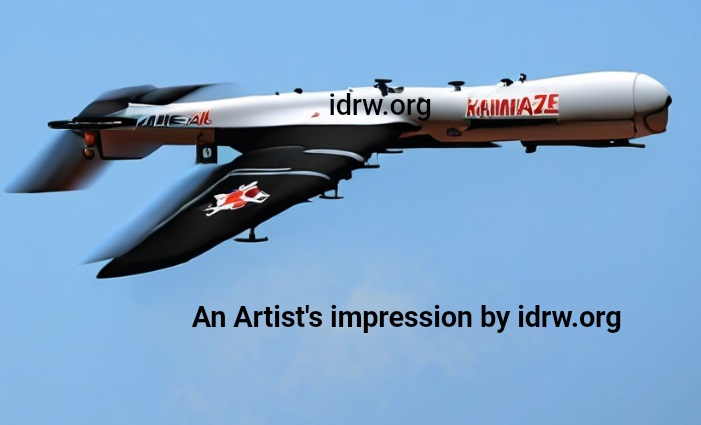
Mumbai-based Anadrone Systems Private Limited, a company primarily known for manufacturing licensed QinetiQ Banshee aerial target platforms in India, has now developed a new indigenous kamikaze drone called Shakti. This drone is designed to carry out long-range precision strikes, with an impressive endurance of 6 to 7 hours and an operational range of 500 kilometers, making it a formidable addition to India’s growing unmanned aerial systems (UAS) capabilities.
The Shakti drone can carry a payload of up to 30 kg of explosives, designed to deliver significant damage in combat scenarios. It utilizes a rear pusher propeller engine, a propulsion system that is both efficient and well-suited for the drone’s long-endurance missions. This configuration helps improve aerodynamics and fuel efficiency, ensuring that the Shakti can remain airborne for extended periods and cover a vast operational area.
Continue readingSOURCE: RAUNAK KUNDE / NEWS BEAT / IDRW.ORG
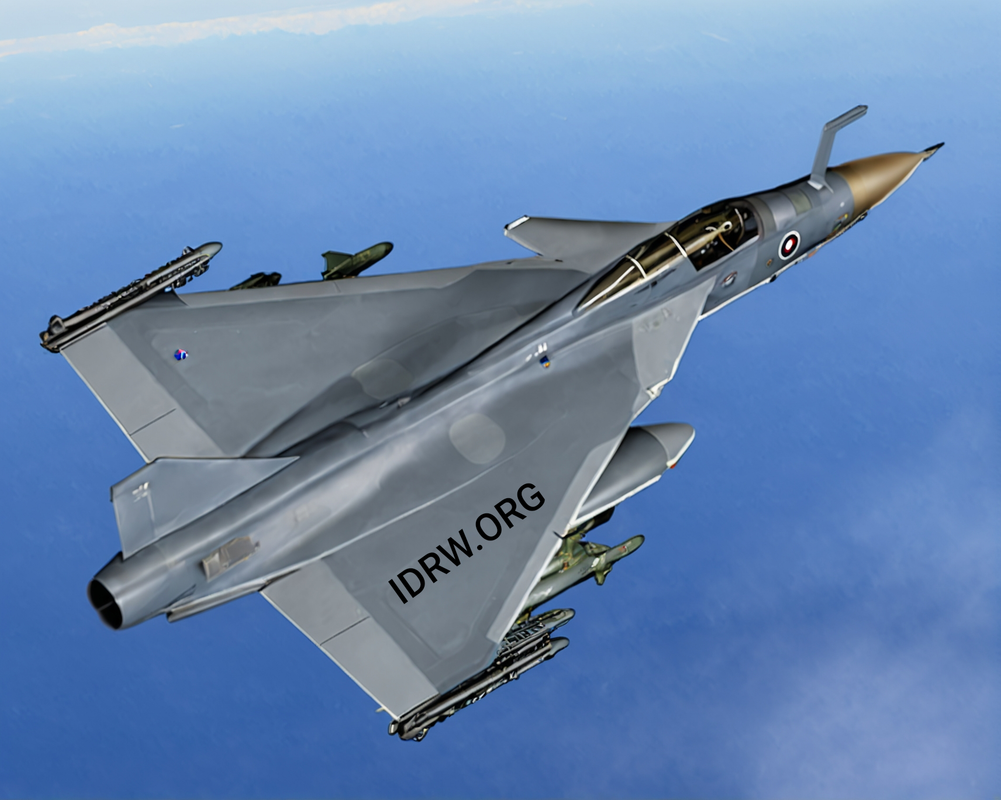
Air Chief Marshal Amar Preet Singh, Chief of the Air Staff (CAS) of the Indian Air Force (IAF), provided a detailed update on the much-anticipated Tejas MkII program during a press briefing on Friday. He outlined key milestones for the program and emphasized the need for greater collaboration with the private sector to expedite the production and operationalization of the indigenous fighter jets. The CAS also reflected on past delays in the Tejas Mk1 project and stressed the importance of learning from those experiences to ensure smoother development for future platforms.
Air Chief Marshal Singh confirmed that the Tejas MkII is on track for its first flight next year, marking a crucial step forward for India’s indigenous fighter program. The research and development (R&D) phase for the Tejas MkII is set to conclude by December 2027, with the IAF planning to induct the first units by 2028. The IAF has already committed to acquiring at least 120 Tejas MkII jets, which are expected to fill a vital role in the force’s combat fleet, especially as older aircraft are phased out.
Continue readingSOURCE: RAUNAK KUNDE / NEWS BEAT / IDRW.ORG

India’s Gas Turbine Research Establishment (GTRE) is making significant strides in developing an advanced jet engine that could eventually replace the imported power plants in India’s fighter aircraft fleet. Building on its existing work with the Kaveri engine, GTRE is now focusing on validating the current Dry Kaveri engine with an afterburner to achieve wet thrust performance.
Once validated, the organization plans to secure approval and funding for the development of a new prototype core engine, often referred to as “Kaveri 2.” This engine is expected to meet the needs of India’s combat aircraft, offering a domestic alternative to the U.S.-made F-404 and F-414 engines currently used in the Tejas program.
Continue readingSOURCE: RAUNAK KUNDE / NEWS BEAT / IDRW.ORG
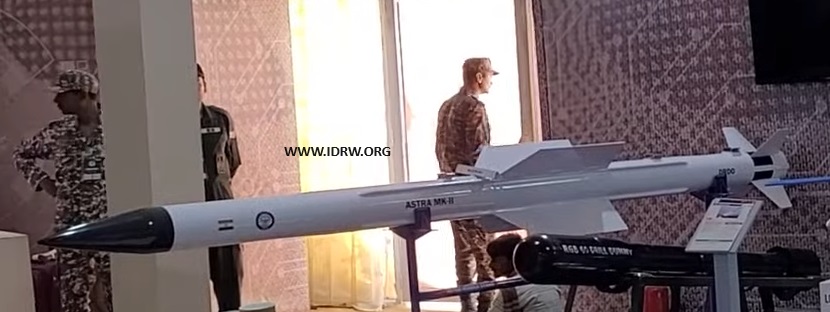
The Defence Research and Development Organisation (DRDO) is gearing up to commence full-fledged developmental trials of the Astra MkII beyond-visual-range (BVR) missile from next year. This significant milestone brings India closer to fielding a state-of-the-art air-to-air missile capable of neutralizing threats at long ranges.
The Astra MkII, an upgraded version of the existing Astra MkI missile, boasts an impressive range of 140-160 kilometres against fighter-sized targets. It has already undergone multiple air-to-air trials, including an unguided mode test to evaluate its Dual-Pulse motor.
Continue readingSOURCE: RAUNAK KUNDE / NEWS BEAT / IDRW.ORG
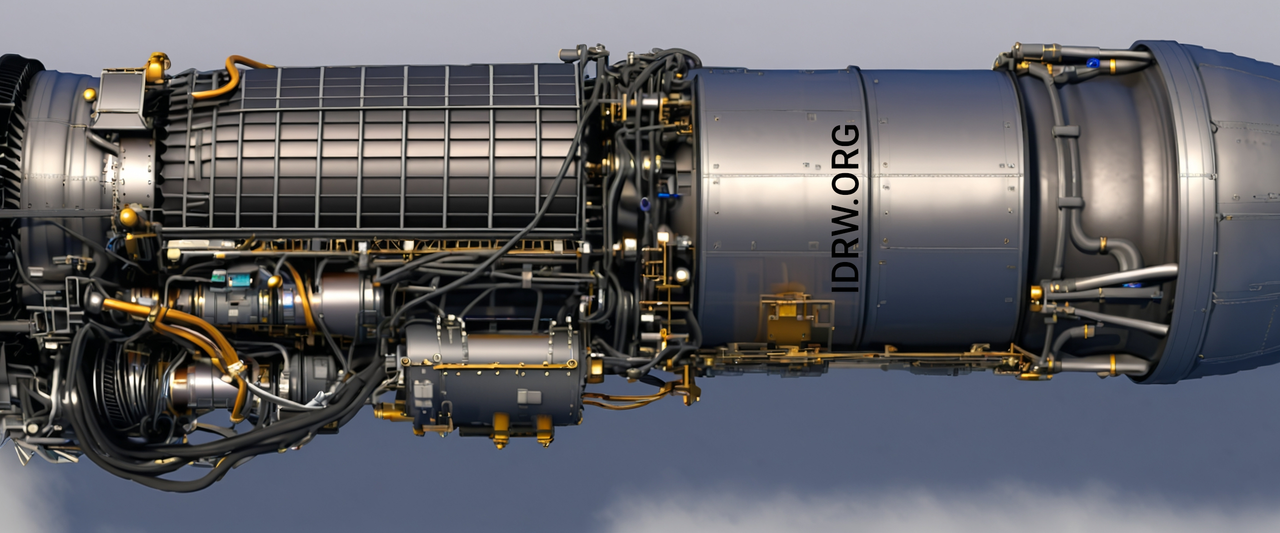
The Indian Air Force (IAF) is exploring the possibility of inviting private sector companies to establish a Maintenance, Repair, and Overhaul (MRO) facility for the F-404 engines powering its Tejas Mk1A fighter jet fleet. This move comes as the IAF plans to place orders for over 97 more Tejas Mk1A jets by the end of the year.
Currently, the F404-IN20 engines, which are directly imported from GE Aerospace, are exclusively maintained by the IAF. However, with the expansion of the Tejas fleet, the IAF is considering outsourcing engine maintenance to private sector companies. This could involve the IAF procuring spares and consumables directly from the Original Equipment Manufacturer (OEM), while HAL, the manufacturer of the Tejas Mk1A, would not have a direct role in engine maintenance.
Continue readingSOURCE: RAUNAK KUNDE / NEWS BEAT / IDRW.ORG
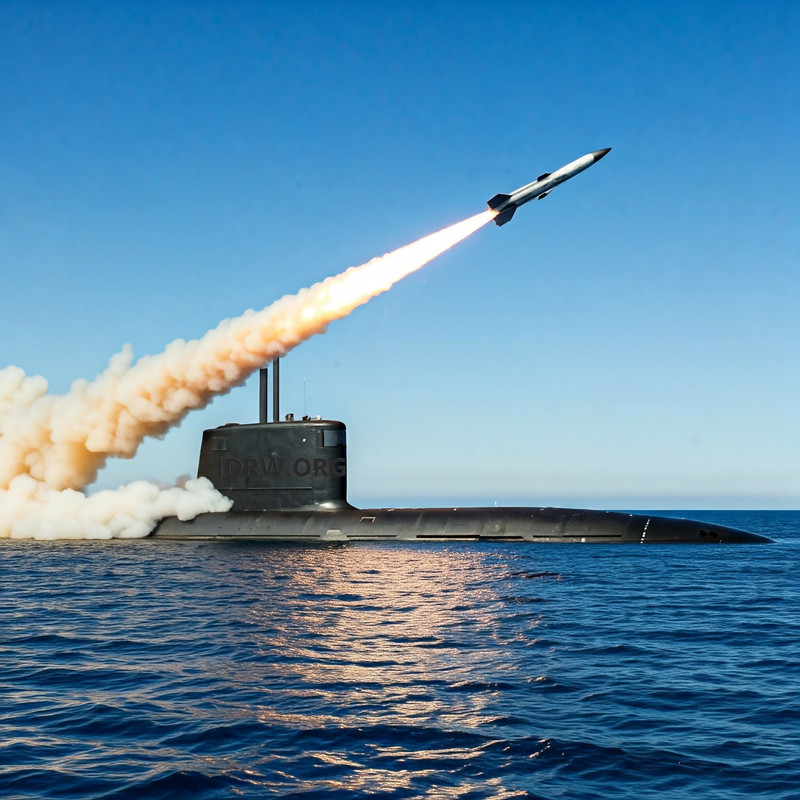
India’s Defence Research and Development Organisation (DRDO) is working on the development of the Naval Anti-Ship Missile–Medium Range (NASM-MR) for the Indian Navy. This next-generation missile is designed to bolster the Navy’s capabilities by replacing ageing missile systems and adding cutting-edge technology to its arsenal. The NASM-MR represents a significant leap in anti-ship warfare, with the potential to reshape India’s maritime defence strategy.
As part of DRDO’s plan to enhance the versatility of the NASM-MR, the organization is also developing a submarine-launched variant. This version will be modified for launch from torpedo tubes, allowing India’s submarines to strike enemy vessels without surfacing, providing a significant tactical advantage.
Continue readingSOURCE: RAUNAK KUNDE / NEWS BEAT / IDRW.ORG
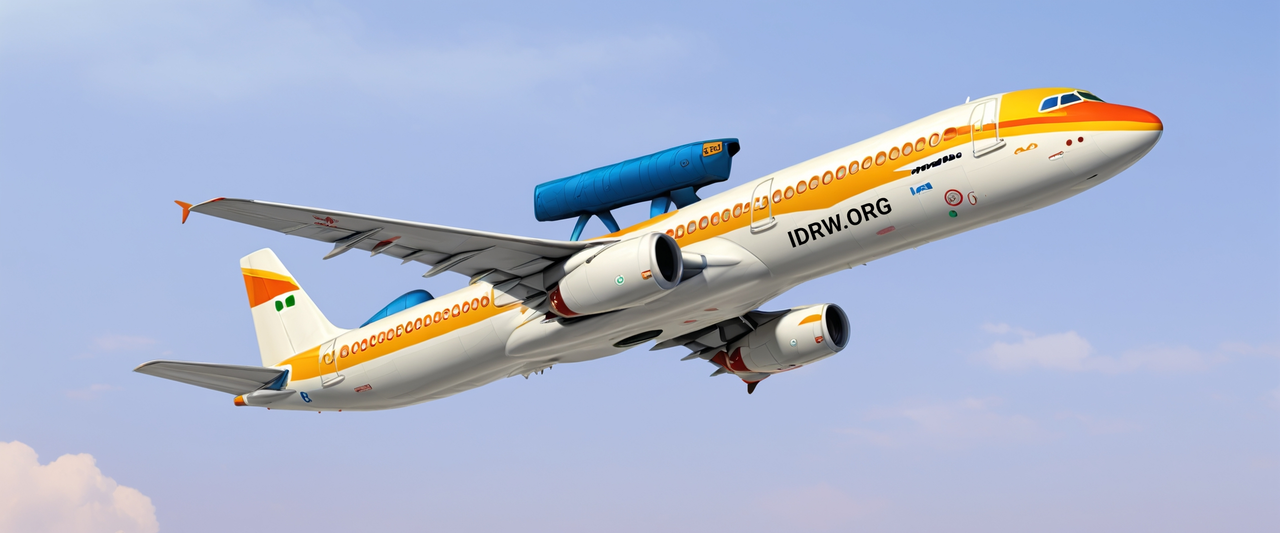
The Defence Research and Development Organisation (DRDO) is gearing up to transform the Indian Air Force’s (IAF) existing A321 aircraft into sophisticated Airborne Early Warning and Control (AEW&C) platforms. The ambitious project, estimated to cost Rs 10,990 crore, is expected to begin in 2025 and culminate in the delivery of the first AEW&C Mark-2 aircraft by 2027-28.
The A321s, previously owned by Air India, are undergoing a significant upgrade to equip them for military service. A new avionics suite is being installed, specifically designed for military aircraft. Additionally, Airbus has appointed an Indian firm to oversee the installation of the main dorsal antenna, which is currently under development and undergoing rigorous computer simulations.
Continue readingSOURCE: RAUNAK KUNDE / NEWS BEAT / IDRW.ORG

The Aeronautical Development Agency (ADA) has recently issued an Expression of Interest (EOI) to identify a proven Helmet Mounted Display and Sight (HMDS) system that meets the operational and technical requirements for its current aircraft programs. This move represents ADA’s intent to gather essential information to finalize the technical specifications for procuring and integrating an HMDS system.
The EOI, issued on a No Cost No Commitment (NC/NC) basis, aims to engage with vendors capable of supplying and integrating a ready-to-deploy HMDS system for ADA’s aircraft programs. Importantly, the EOI does not guarantee the issuance of a future Request for Proposal (RFP) but seeks to collect information that will guide the decision-making process for this advanced technology integration.
Continue readingSOURCE: RAUNAK KUNDE / NEWS BEAT / IDRW.ORG

The Indian Air Force (IAF) is adopting a proactive approach to maintain the operational effectiveness of its indigenously developed Tejas Mk1A fighter jets by implementing regular minor upgrades throughout the aircraft’s lifecycle. As the Tejas Mk1A enters the fleet in larger numbers, the IAF is focusing on periodic improvements every three years to ensure the aircraft remains relevant against evolving threats and technological advancements.
Given the rapid pace of technological changes, particularly in avionics, radar systems, and combat software, the IAF recognizes the need to address obsolescence more frequently. In modern fighter jets, the lifespan of technologies has shortened significantly, with the obsolescence cycle now reduced to just three years. To stay ahead, the IAF is planning incremental enhancements in both hardware and software.
Continue readingSOURCE: RAUNAK KUNDE / NEWS BEAT / IDRW.ORG
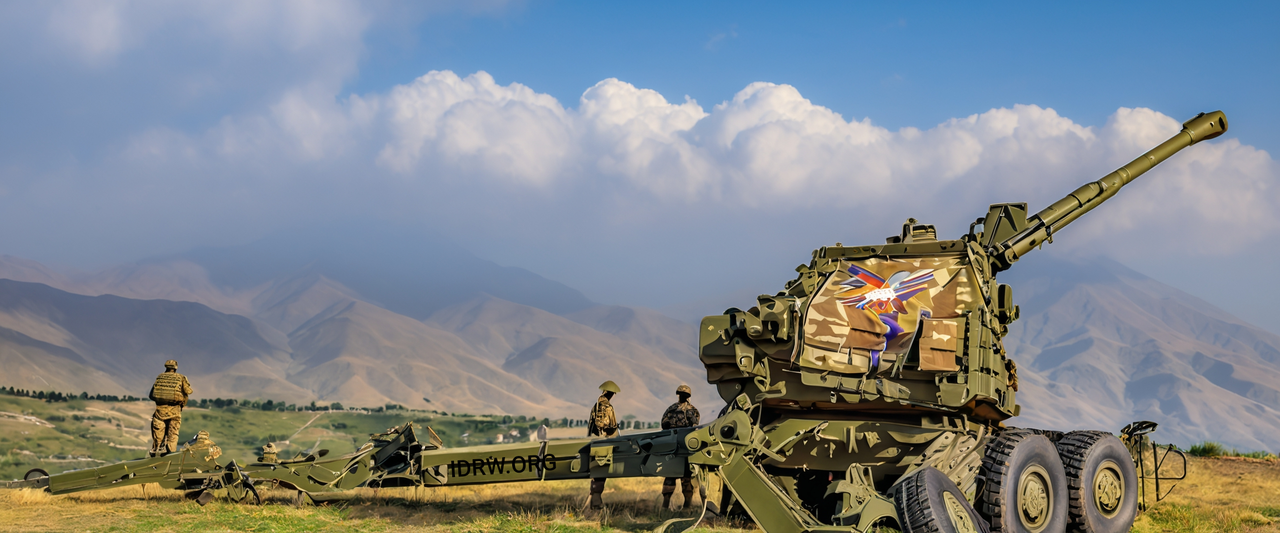
The Armenian Army has completed trials of six units of the Advanced Towed Artillery Gun System (ATAGS) 155mm/52 calibre towed guns, supplied by India in 2023. According to Armenian Army sources to idrw.org, the guns have cleared all operational tests conducted in various locations across the country.
The initial batch of six ATAGS guns was programmed with the Armenian language in the Trajectory Computation Module (TCM) as requested by the Armenian Army. Additionally, several other modifications were made to tailor the guns to the specific requirements of the Armenian military.
Continue reading